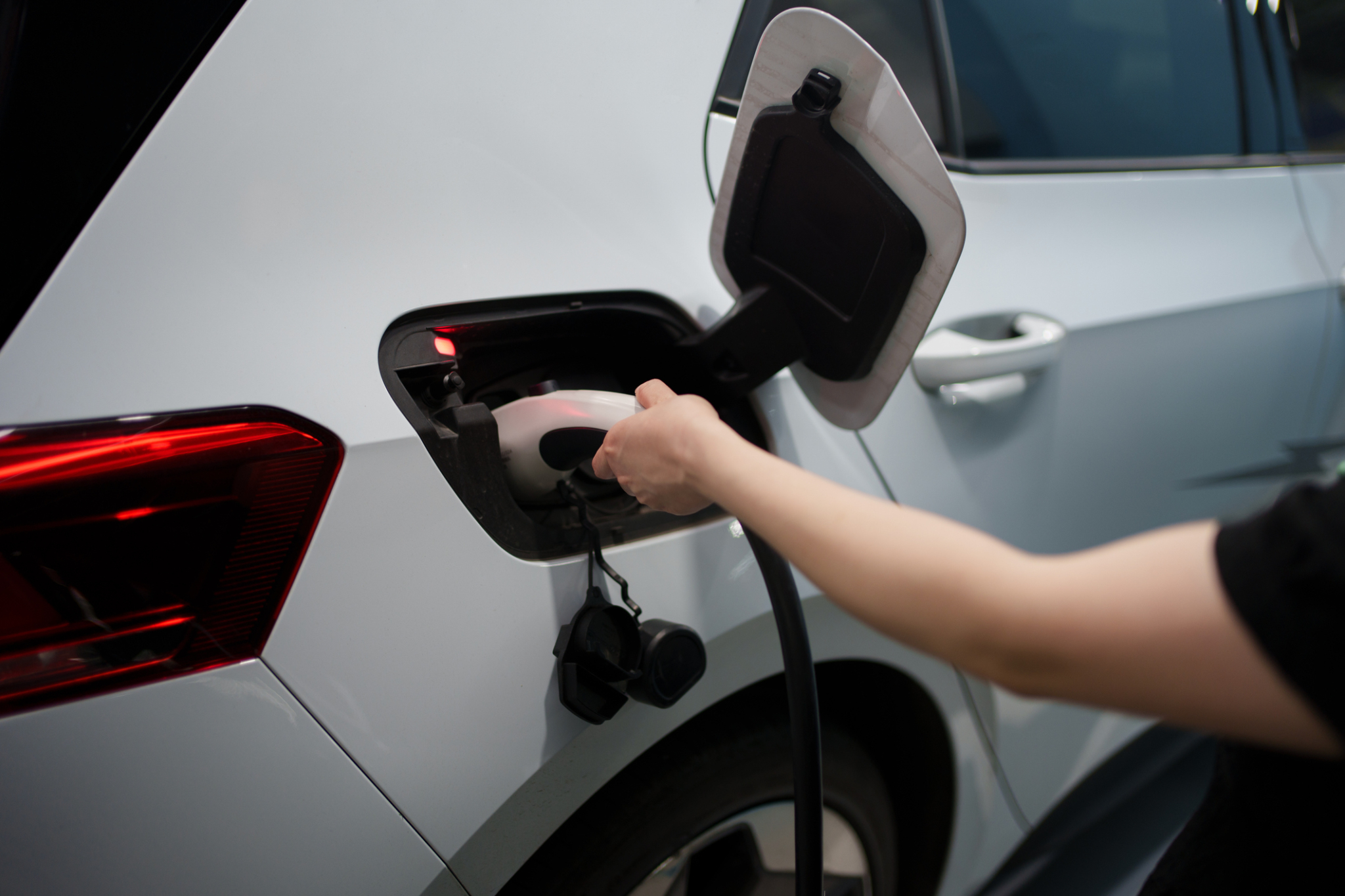
The Kiel Institute for the World Economy examined just how much money China’s government is spending to dominate the production of electric vehicles, solar panels, and more. Spoiler: It’s a lot.
Back in February, Chinese automaker Build Your Dreams (BYD) unveiled a new electric sport utility vehicle called the Yuan Up, priced starting at $14,000. That’s an astonishing low cost for an electric SUV — and one that we warned could lead to an “extinction-level event” for the U.S. auto industry.
What’s important to keep in mind about BYD and its extraordinarily cheap electric automobiles is that they aren’t being priced under fair market value; the company didn’t just find innovative ways to cut costs by tens of thousands of dollars. Rather, BYD and other Chinese firms are being heavily subsidized by China’s government, part of the Chinese Communist Party (CCP)’s plan to dominate global industry.
BYD has received $3.7 billion in direct subsidies from the Chinese government, according to a new report from the Kiel Institute for the World Economy. BYD isn’t alone, either — overall industrial subsidies in China are “several times higher” than those in European Union (EU) or Organization for Economic Cooperation and Development (OECD) countries like the United States.
“The size of the estimated difference ranges from a ratio of at least three to four in conservative estimates to a ratio of as high as nine in more encompassing studies,” the report states. “Even according to a very conservative estimate, counting only the more easily quantifiable subsidy instruments, industrial subsidies add up to about Euro 221 bn or 1.73% of Chinese GDP in 2019. Government subsidies are omnipresent in China, and more than 99% of listed firms in China received direct government subsidies in 2022.”
Chinese firms aren’t just receiving straight-up cash, the report authors note. These companies are also “benefiting from further support measures, including subsidized inputs, preferential access to critical raw materials, forced technology transfers, the strategic use of public procurement and the preferential treatment of domestic firms in administrative procedures.”
The study from the Kiel Institute, which is based Germany, confirms that China’s government is spending absolutely massive amounts of money to prop up its companies in industries like electric vehicles, solar panels, wind turbines, batteries, and railway rolling stock. The goal isn’t for China to simply put forth a competitive product. Rather, China is aiming to spend enough that it can severely outprice its rivals and put them out of business, allowing it to dominate industries and even create a global monopoly.
The report also helps to counter the misguided argument that the industrial policy being put in place by the United States to strengthen its own industries — landmark new laws like the CHIPS and Science Act and Inflation Reduction Act, for example — are on par with what China’s government is doing. As the report shows, China’s subsidization simply dwarfs that of the basic incentives being put into place by the United States or allies like the European Union.
And it’s also vital to keep in mind the goals behind this policy. The United States is working toward building up its industries in order to be able meet its own needs; China, meanwhile, continues to have massive industrial overcapacity in many sectors and is very explicit about wanting to flood the market with its products, especially in the EV sector. The country is exporting so many EVs right now it needs more car-carrying ships.
The United States appears to be waking up to this threat, with President Biden taking initial steps to block internet-connected autos from China into the U.S. market and Treasury Secretary Janet Yellen — once a big supporter of open trade with China — bringing up the issue directly with officials during a recent trip to China. Sen. Sherrod Brown (D-Ohio) on Thursday called for an outright ban of Chinese-made autos, while Rep. Debbie Dingell (D-Mich.) is leading an effort to counter “the immediate threat posed by Chinese automotive imports on our critical infrastructure.”
Whatever the case, what is clear is that far more needs to be done to counter China’s green industrial glut, from increased tariffs on unfairly traded goods to the enactment of new trade tools to more effectively respond to many of the predatory practices utilized by China’s government. On EVs specifically, a good place to start would be with the 11 specific recommendations we offered up in our recent report, On a Collision Course.
For its part, the Kiel Institute urged European Union officials to use an ongoing anti-subsidy investigation “to enter into negotiations with the Chinese government and persuade it to abolish public support measures that are particularly harmful to the EU.” It’s a nice, diplomatic thought, but it’s also one we think won’t be terribly effective. After all, the Kiel Institute’s own findings showed that China’s government is willing to spend whatever it takes to win.
The question now is how effectively the United States and its EU allies will respond.
